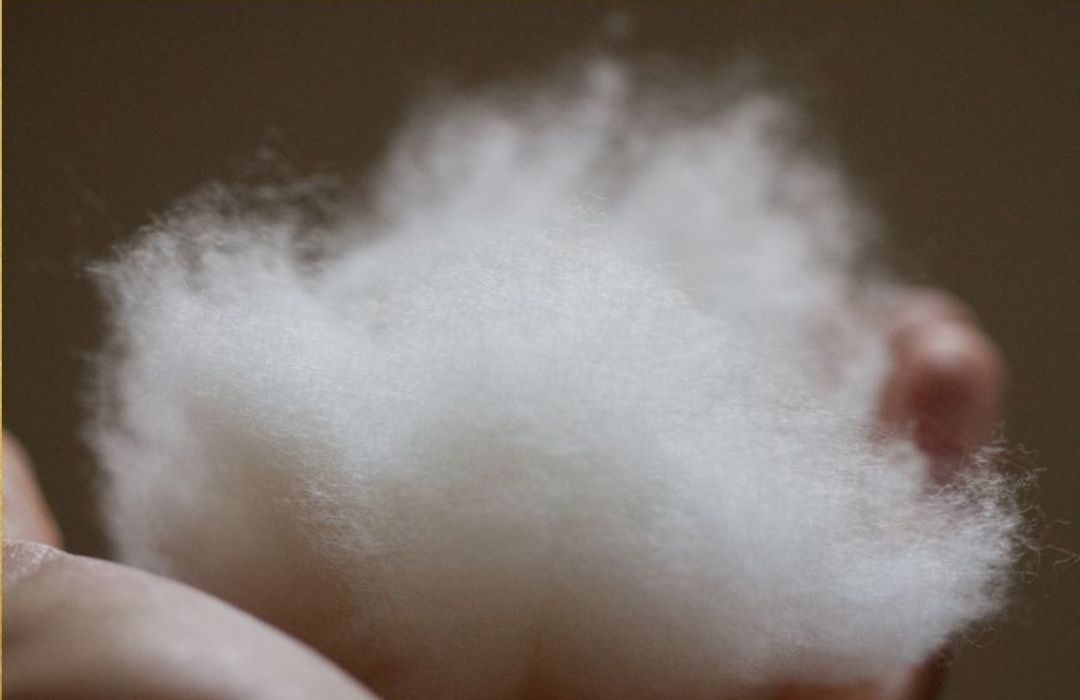How is cashmere Fibre Produced and Why Is It So In Demand?
How is cashmere Fibre Produced and Why Is It So In Demand?
Blog Article
Understanding the Different Kinds Of Cashmere an All-natural Fiber and Their Unique Benefits

The Beginnings of Cashmere: A Historical Overview
While the elegant touch of cashmere proceeds to beauty modern-day customers, its beginnings trace back to the rough, chilly environments of Mongolia and the Mountain ranges. For centuries, the indigenous peoples of these areas have actually been raising Capra Hircus goats, the prime resource of cashmere woollen. These goats, resistant against the serious winters months, grew a great undercoat to endure, which later came to be understood as cashmere.

The Production Refine: From Goat to Garment
Shearing a Capra Hircus goat notes the beginning of the detailed cashmere manufacturing procedure. This delicate treatment normally happens yearly during spring. The fine, soft undercoat is then divided from the coarser outer hair, a process referred to as dehairing. The resultant raw cashmere is then cleaned to eliminate pollutants such as veggie, oil, and dust matter.
The tidy fiber is subjected to coloring, spinning, and weaving, or knitting, to transform it into a textile. Complex treatments like quality control checks and completing processes follow, making sure the end product maintains the lavish criterion expected of cashmere. This painstaking process, from goat to garment, validates the high expense affixed to cashmere items, making them a sign of luxury and refinement.
The Various Kinds of Cashmere: A Thorough Evaluation

The Unique Advantages of Cashmere: Convenience and Sustainability
Relocating from the variety of cashmere types to the advantages they supply, comfort and sustainability stick out plainly. Cashmere, a natural fiber, is renowned for its exceptional gentleness, giving a degree of comfort that artificial fibers can not match. The product's agility, yet excellent warmth retention, makes it ideal for all periods. Cashmere's natural flexibility permits it to return to its original shape, making it resistant to extending or shrinking.
When it involves sustainability, cashmere is sustainable and biodegradable, as it's gathered from cashmere goats who regrow their layers annually. what is cashmere. Unlike synthetic fibers which can take hundreds of years to break down, cashmere's effect on the atmosphere is minimal. This mix of convenience and sustainability makes cashmere a valuable selection for conscious customers

Taking Care Of Your Cashmere: Upkeep and Conservation Tips
While cashmere is most certainly a lasting and extravagant option, it calls for particular treatment to keep its quality and extend its life-span. To begin, cashmere must be hand washed utilizing chilly water and a mild cleaning agent. Cashmere items need to be kept in a trendy and dry location, away from straight sunlight and dampness.
Purchasing Cashmere: Recognizing Its Worth and Well Worth
Although cashmere might at first appear like a costly investment, its long-term worth and worth become evident when you consider its impressive top qualities. Recognized for its unrivaled softness and heat, cashmere is a costs all-natural fiber that surpasses various other products. more tips here Spending in cashmere, therefore, is not just about current style fads, but regarding accepting a lasting, lasting, and extravagant way of living.
Verdict
In summary, the kind of cashmere one selects, be it Mongolian, Chinese, or Italian, is dictated by private choices for warmth, high-end, budget, and sustainability. The value of cashmere extends beyond its cost, with comfort and longevity contributing to its worth. Appropriate care and maintenance can ensure its preservation. Consequently, understanding the beginnings, manufacturing procedure, and unique advantages of various kinds of cashmere can guide consumers in their financial investment in this elegant natural fiber.
Whether it's the remarkable heat of Mongolian cashmere, the affordability of Chinese cashmere, or anonymous the eco-conscious production of Italian cashmere, there's a story to be uncovered behind each fiber kind. Cashmere, a natural fiber, is renowned for its unparalleled gentleness, giving a degree of comfort that synthetic fibers can't match.When it comes to sustainability, cashmere is sustainable and naturally degradable, as it's harvested from cashmere goats who regrow their coats each year. Recognized for its unrivaled soft qualities and heat, cashmere is a costs natural fiber that outmatches various other products. Understanding the origins, production process, and special advantages of various kinds of cashmere can lead consumers in their investment in this lavish all-natural fiber.
Report this page